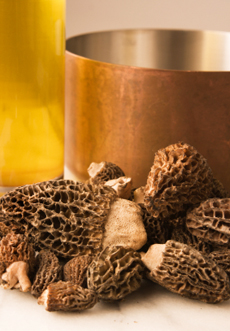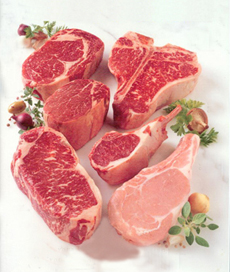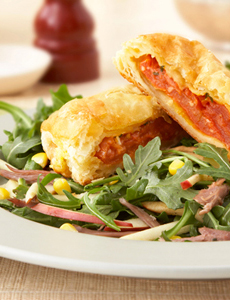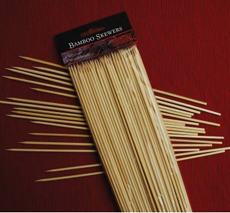|

Exotic, delicious wild morels are a fleeting spring
treat. Photo by Yin Yang | IST.
|
|
While dried morel mushrooms are available year round—and are a treasured ingredient in soups, stews and sauces—this is fresh morel season.
These incredibly flavorful gifts of nature, with their earthy and woodsy aroma and flavor, have a distinctive look: a honeycombed, hollow, cone-shaped cap atop a ’shroom that ranges in size from 2 to 4 inches high. Colors vary from blonde, grey or tan to an extremely dark brown.
Morels are gathered by hand in the woods, and brought to specialty markets. Look for the #1 grade, meaning that each mushroom is a whole, young specimen with a white stem.
FOOD TRIVIA: Morels are one of the first species to colonize forests after a fire, which may explain the intense earthy, smoky and nutty flavors that characterize their taste.
Everything you want to know about morels.
Morel recipes.
Meet the whole mushroom family in our Mushroom Glossary.
|



